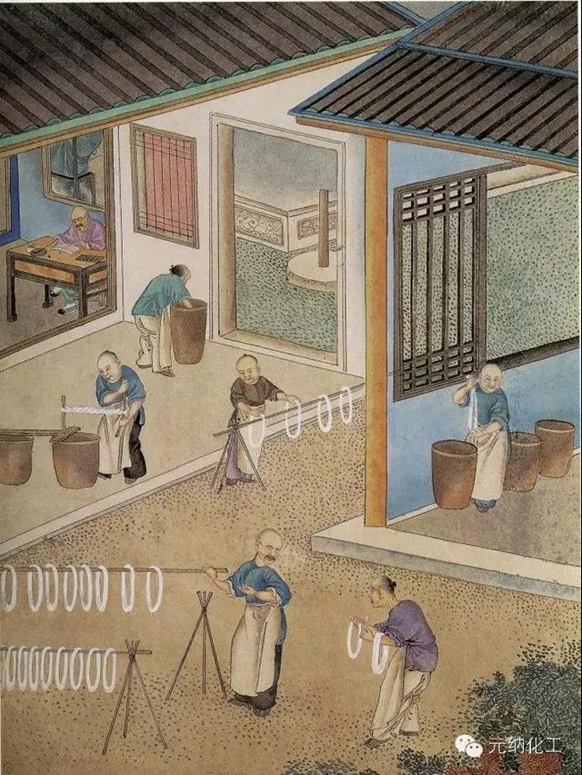Brief introduction of ancient dyes in China

China is the first country to use natural dyes for dyeing, and the use of plant dyes is also the mainstream of China's ancient dyeing process. People in the Neolithic Age began to use natural plant dyes while applying mineral pigments. It has been found that the roots, stems, leaves, and skins of wild wildflowers can be dipped in warm water to extract dye liquor. After repeated practice, the ancient people in China finally mastered a set of dyeing techniques using this dye. By the Zhou Dynasty, plant dyes had reached a certain scale in terms of variety and quantity, and officials who set up plant dyes were set up to collect dyed grass for dipping clothing.
Many names of colors are also recorded in ancient books and documents. In the Qin and Han dynasties, plant dyes were basically used for dyeing to form a unique style. In the Eastern Han Dynasty, there are 39 color names in Shuo Wen Jie Zi, while in the Ming Dynasty "Tian Gong Kai Wu" and "Tianshui Bing Shan Lu" recorded 57 kinds of color names. There are 704 names in total. During the Ming and Qing Dynasties, the preparation and dyeing technology of natural dyes in China have reached a very high level. In addition to self-use, dyes are also exported in large quantities, and the amount of rouge cotton made from safflower is exported to Japan. China's experience in applying natural dyes has spread to overseas countries along with silk, and it has had a long-term impact.
Domestic plant dyes are usually as follows: blue dye-indigo; red dye-rubia, safflower, Su Zhi (yang mordant dye); yellow dye-sophora japonica, turmeric, gardenia, yellow barberry; purple dye- Lithospermum, perilla; tan dye-yam, black dye-gallnut, hematoxylin (tannin iron mordant).
Ancient China's printing and dyeing not only have many colors and brilliant colors, but also have good color fastness and are not easy to fade. In ancient times, green (i.e. blue), red, yellow, white, and black were called five colors, which were also natural and primary colors. The primary colors are mixed to obtain multiple colors such as green, purple, pink and other colors, also known as intermediate colors. The red color in plant dyes can be extracted from rubia, safflower, cypress, etc., the yellow color is extracted from gardenia, turmeric, and locust, and the cyan color is indigo made from blue grass. The famous phrase "green in blue" is handed down. Black is mainly obtained from walnut trees, persimmon trees, oak trees, etc.


